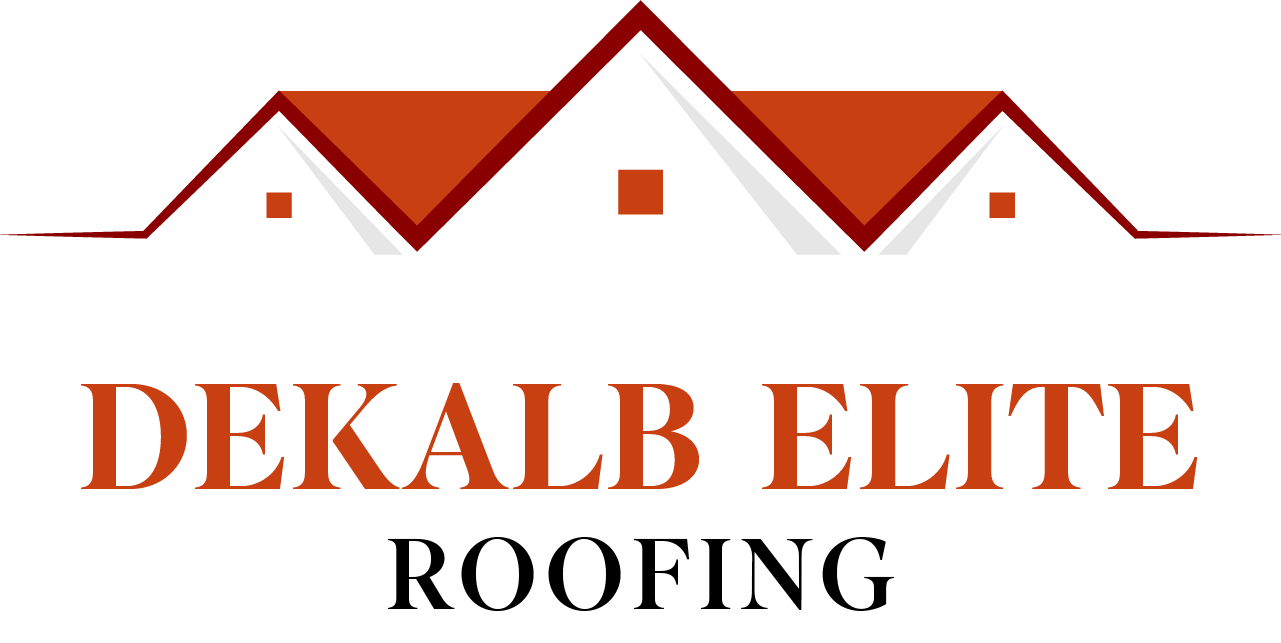Roof Inspections
We start by conducting a thorough roof inspection. Our team looks for dents, cracks, and missing shingles caused by hail. We also check the gutters and flashing to find hidden damage.
During the inspection, we document everything using photos and notes. This helps us explain the damage clearly to insurance companies and homeowners. We make sure no problem goes unnoticed.
Our inspections follow industry standards. We use specialized tools to measure the size and impact of hailmarks, which guides our repair approach. This detailed inspection helps us plan accurate fixes.
Customized Solutions
After the inspection, we customize repairs based on the type and extent of damage. We don’t use one-size-fits-all fixes but tailor the approach to each roof’s material and condition.
We offer repairs for asphalt shingles, metal roofs, and other common materials. If needed, we replace damaged sections and match new materials to your existing roof’s color and style.
Each repair plan includes a clear timeline and cost estimate. We work with property owners to fit repairs within their budget and insurance coverage. Our goal is to restore your roof efficiently and correctly.
Roof Restoration
Our roof restoration begins with removing damaged shingles and debris carefully. We then inspect the underlayers and replace any parts weakened by hail or water.
Next, we install new shingles or panels to restore full protection. We seal edges and fix flashing to prevent leaks in the future. Every step meets roofing codes and manufacturer standards.
Finally, we clean the site and do a final inspection with you. We explain the work done and how to maintain your roof. Our process ensures your roof is solid and secure after hail damage.
Preventing Future Hail Damage
Protecting your roof from future hail means choosing the right materials and staying on top of regular care. This helps keep your roof strong and able to handle severe weather.
Recommended Roofing Materials
We suggest using impact-resistant materials designed for hail protection. Options like Class 4 impact-rated shingles are made to withstand hail strikes without cracking or denting. Metal roofing is another good choice. It’s tough and sheds hail more easily than traditional shingles. Some metal roofs even come with special coatings to resist damage.
Synthetic roofing materials, such as rubber or plastic composites, also offer good durability. They can absorb hail impact better than older asphalt shingles. We focus on installing materials tested and rated for hail. This helps reduce the chance of damage and costly repairs in the future.
Maintenance Tips for Durability
Regular inspections are key. We recommend checking your roof after storms and at least twice a year to spot small problems early. Keep gutters and downspouts clear so water flows off easily. Standing water can weaken the roofing materials over time.
Trim overhanging tree branches near your roof. This stops branches from breaking during storms and damaging the roof. If cracks or loose shingles are found, get them fixed quickly. Small repairs prevent bigger issues later.
We help you set up a maintenance plan tailored to your roof type and environment. This extends your roof’s life and keeps it hail-resistant.
Frequently Asked Questions About Roof Hail Damage Repair
What is the process for assessing hail damage on my roof?
We start by checking the roof for dents, cracks, and loose shingles. We look closely at gutters, vents, and flashing for signs of impact. Our detailed report shows the damage and what needs fixing.
How long does it typically take to repair a roof with hail damage?
Most repairs take between 1 to 3 days. The time depends on the size of your roof and the damage. We aim to work quickly but carefully to protect your home.
Are there any warranties provided on hail damage repairs?
Yes, we offer warranties on all repairs. The length and details depend on the materials used. We make sure you get a clear warranty to cover our work.
What materials do you use for repairing hail-damaged roofs?
We use high-quality asphalt shingles, metal roofing, and impact-resistant materials. All materials meet local building codes. This ensures your roof is secure and durable after repair.
How do I know if my insurance will cover hail damage roof repairs?
You should check your homeowner's insurance policy for storm damage coverage. Most standard policies include hail damage. We can help you understand what your policy covers.
